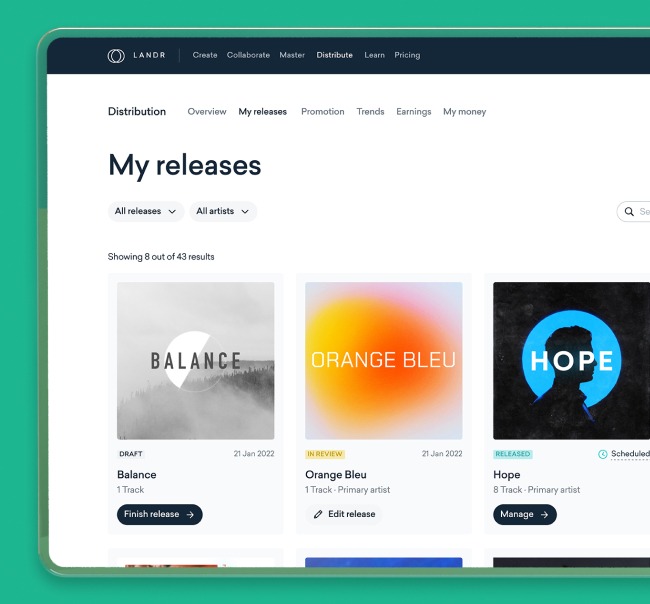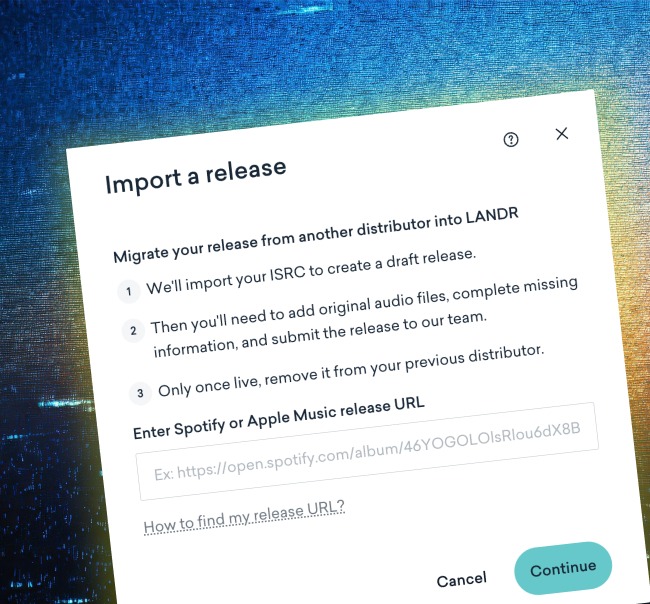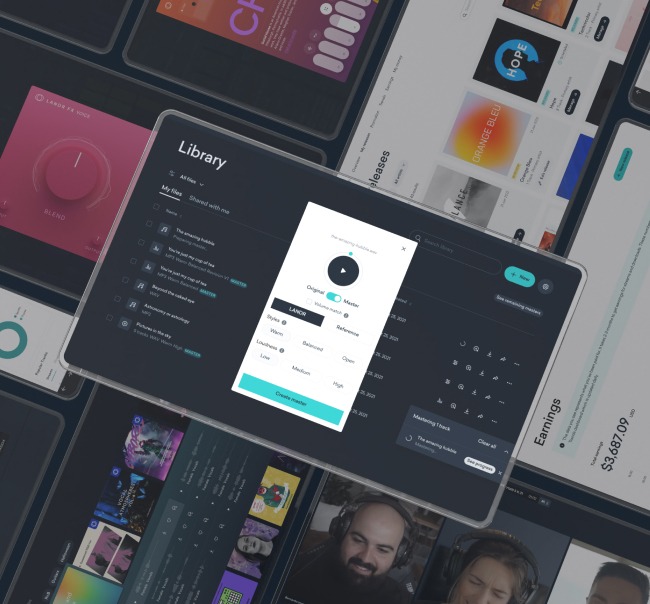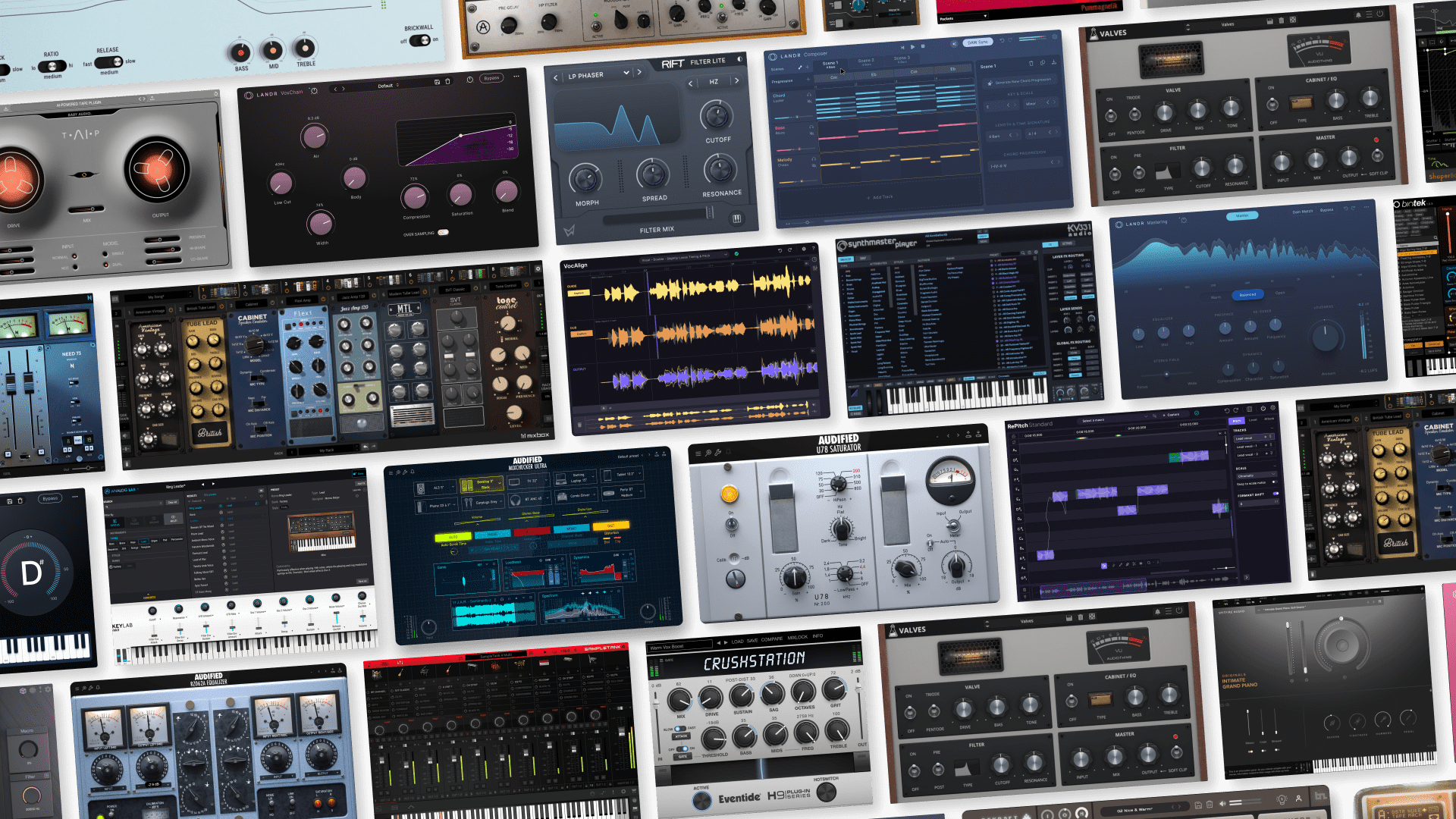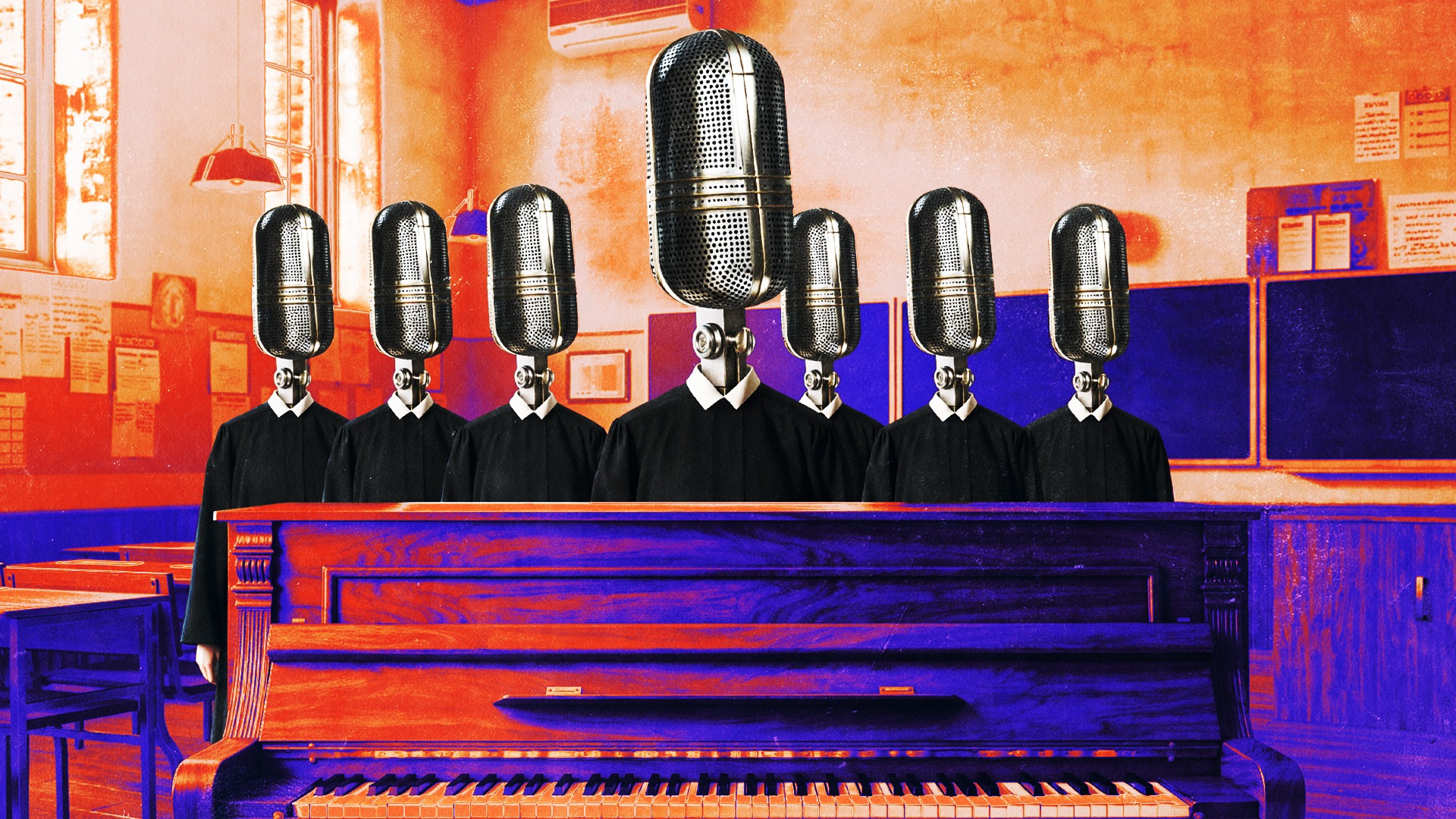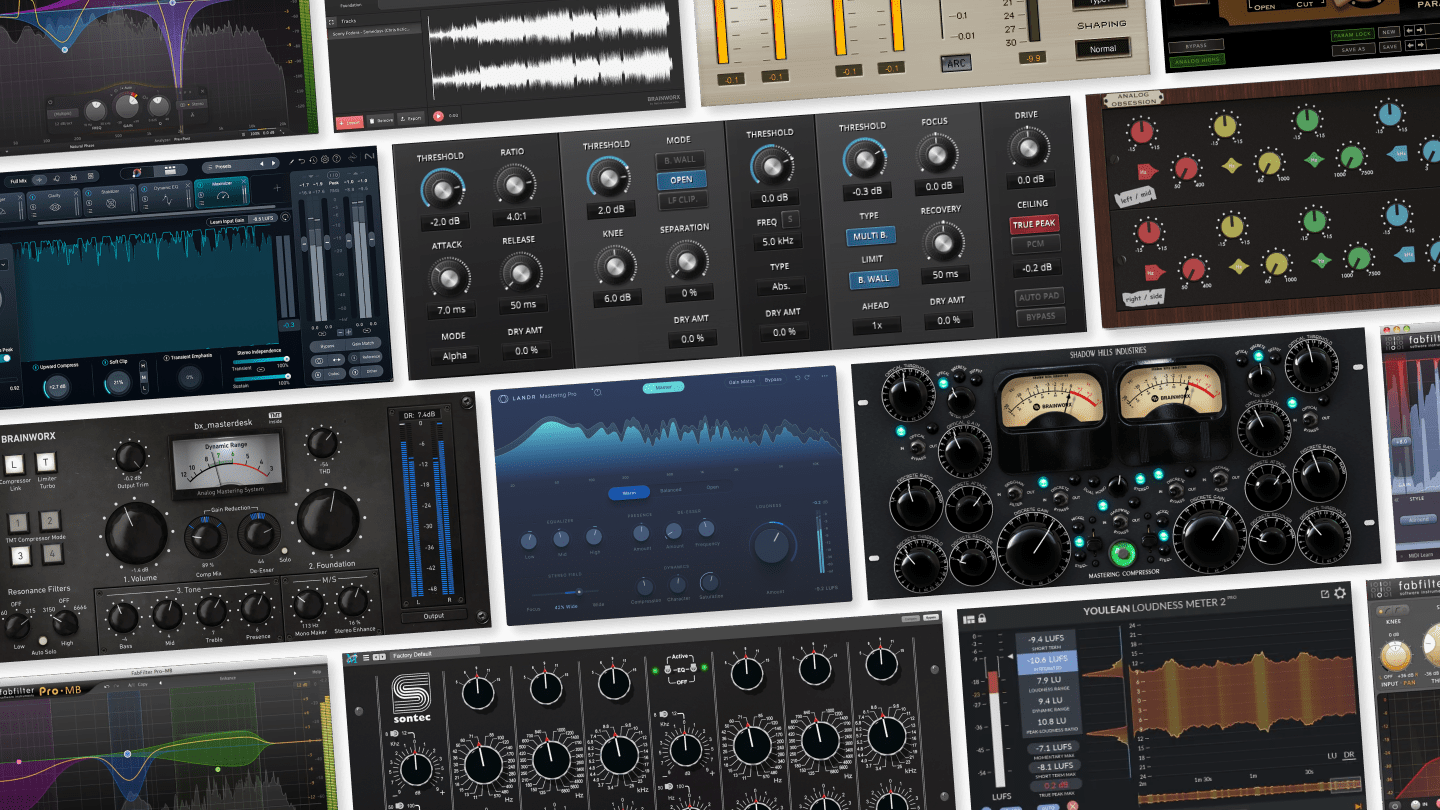
How to Monetize Music on YouTube With Content ID and Beyond
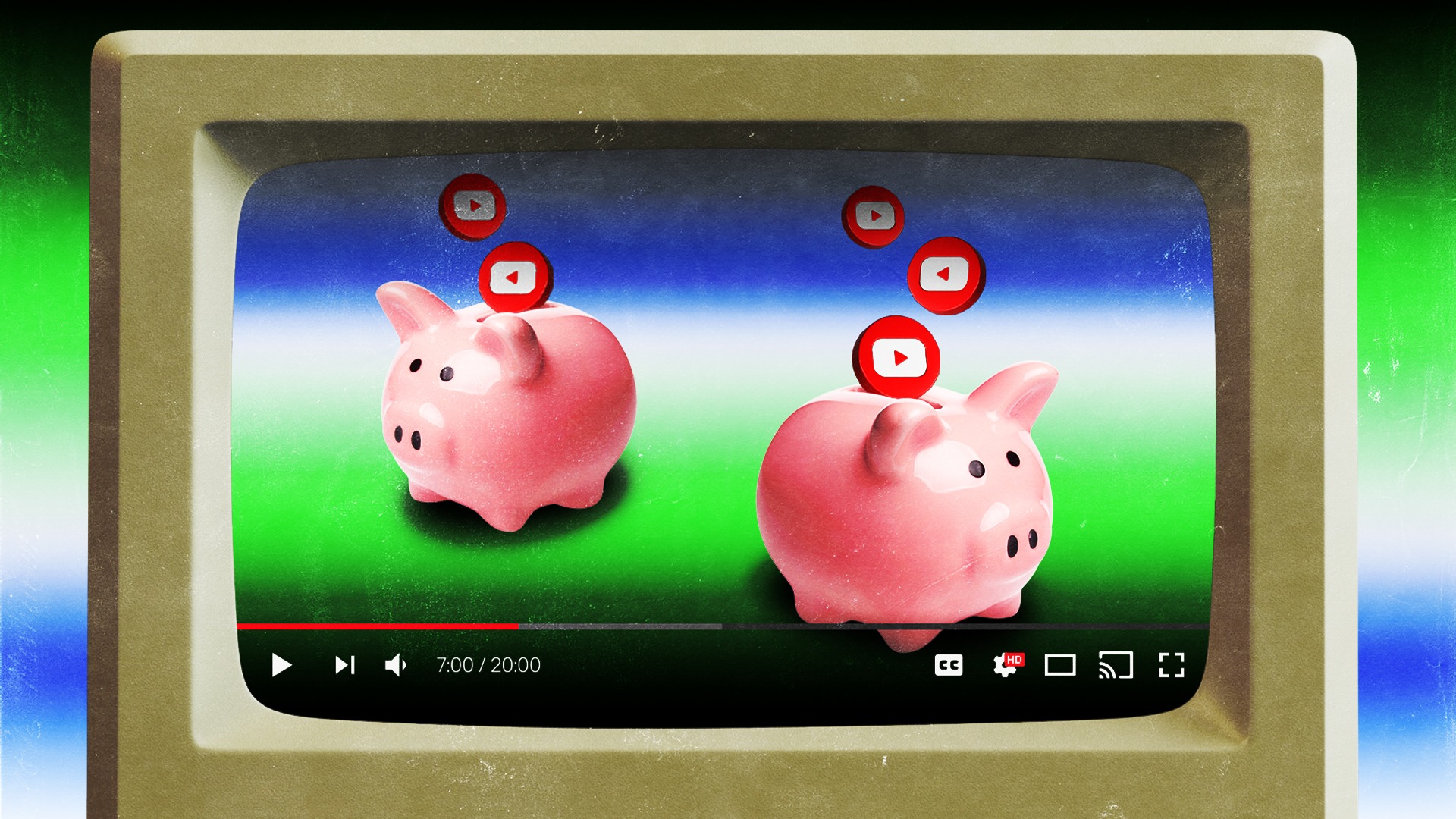
With so many streaming platforms making it easier than ever for artists to generate revenue with their music, it’s easy to overlook music monetization on YouTube.
Any time someone uses your music in their video, you’re entitled to compensation with the help of YouTube Content ID.
Of course, there are a few steps you’ll need to take to get YouTube Content ID for your music, and once you have it, there’s a handful of tactics you can use to increase your YouTube monetization revenues.
Let’s explore everything you need to know about monetizing your music on YouTube.
What is YouTube Content ID?
YouTube Content ID is YouTube’s tool for tagging audio for monetization on its platforms, it ties an artist to their tracks and makes it possible for them to collect payments whenever content creators use their music.
Content ID also gives artists the ability to control who uses their music on YouTube and helps them make copyright claims and takedowns if they don’t want certain creators using their content.
The tool uses audio fingerprinting technology similar to Shazam and other fingerprinting tools to track usage and streams of your tracks.
For upstart independent musicians, however, the tool is best used to collect revenues whenever their music is played or used on YouTube.
How to get YouTube Content ID for your music
To get YouTube Content ID, your music must be eligible and you must work with a music distribution service that offers the tool.
Here’s what you need to know.
Is your music eligible for YouTube Content ID?
When it comes to eligibility, YouTube Content ID is more stringent that other streaming platforms.
To get Content ID for your tracks, your music must be entirely original and distinctly unique from other compositions.
Unlike streaming platforms, you cannot get YouTube Content ID for any music that uses un-edited royalty-free loops, AI-generated music or samples.
The only exception is that you can use short one-shot samples, like samples of a 909 or 808 drum machine.
But any loop that’s longer than one second and is easily recognizable will make the song ineligible for YouTube Content ID.
As a rule of thumb, if you use a longer royalty-free loop that could easily be found in another song as-is, it’s likely to be flagged and make your release ineligible for Content ID.
Widely used, short, one-shot samples of iconic synths and drum machines won’t typically trigger copyright or sample detection systems, especially if they are mixed into an original track.
YouTube Content ID distribution services compared
Many music distribution companies offer YouTube Content ID at a variety of price points.
In most cases, these distribution service companies will either bundle YouTube Content ID tracking with distribution to other streaming platforms or they’ll offer it on a pay-per-track basis.
Here’s a breakdown of pricing for YouTube Content ID across the top five music distribution service providers (DSPs).
YouTube Content ID Pricing
| LANDR | Unlimited with Distribution Pro plans at $44.99/yr and Studio Essentials, Standard and Pro plans |
| DistroKid | Priced as an add-on on top of distribution plans at $4.95/yr for singles and $14.95/yr for albums |
| TuneCore | Included with all plans starting at $22.99/yr |
| CdBaby | YouTube Content ID is included with single and album releases at $9.99 per single and $14.99 per album |
| Ditto | YouTube Content ID included with Pro plans at $79/yr |
Clearly, each distribution service provider has its unique way of pricing in YouTube Content ID, whether it’s part of a subscription, an add-on fee, or paid as part of a pay-per-release package.
Of course, each service offering is slightly different, and includes other features beyond YouTube Content ID.
If you’re curious about all the DSPs on the market, we compared them in our Music Distribution Services article.
YouTube Music vs. YouTube Content ID
YouTube Music is the streaming platform service offered by Google, it’s a similar service to Spotify, Apple Music and other streaming platforms.
YouTube Content ID is not used for monetization on YouTube Music, it’s used to identify music on the original YouTube video website.
To get the most out of your monetization efforts on the YouTube video streaming platform, here are a few of our best tips.
How to boost your streaming revenues on YouTube
Getting YouTube Content ID is only the first step. Once your songs are tagged and tracked on the platform, you’ll need to start generating streams to monetize your music on YouTube.
Here’s a few tips and tricks for maximizing your YouTube Content ID revenues.
Post your music on YouTube
The first step for monetizing your music on YouTube is to make a YouTube Channel for your project and upload your music.
Even if your music is on the YouTube Music streaming platform, your music still won’t be available on the YouTube video platform.
So make sure you add your music to both YouTube platforms.
As a starting point, you don’t have to upload anything particularly fancy. An upload with your tracks and album artwork, like you would with any streaming service, will do.
The point is to make your music available to the millions of people who use YouTube to listen to music every day.
Once your music is at least live on YouTube, you can move on to more advanced monetization tactics.
Create music videos, lyric videos and visualizers
Because YouTube is a predominantly video-focused platform, the next logical step is to post rich video content.
So if you have time and resources, making music videos and visualizers is a very valuable project to take on for a number of reasons.
Yes, they can help you monetize your music with additional plays, but in general, videos are a great way to promote your tracks and add a visual element to your art.
The only catch is that video production can be time consuming and expensive, so choose cautiously who you work with and what track deserves a full-fledged music video.
Of course, if a music video is not possible, creating a visualizer animation or graphic that accompanies your tracks is also never a bad idea.
Use your music in your vlog, podcast or other video content
Producing video content that goes beyond the traditional music video format is always a way to monetize your YouTube presence, tell your audience about life and share your music-making process.
Create a tour vlog, share YouTube Shorts about your life or give a studio tour and set it to your music.
You’ll monetize your streams and give a glimpse into your music-making life.
Encourage other users to use your music in their videos
One of the biggest revenue opportunities on YouTube comes from other creators using your tracks in their content.
Whether it’s a background song in a vlog, a dance video, or a gaming stream, your music could be earning money every time it plays.
The key here is making it easy and appealing for people to use your music by making it available to anyone with the help of YouTube Content ID.
Reach out directly to YouTubers in your niche, whether they are gamers, vloggers or tutorial creators, and offer them permission to use your songs.
The more places your music ends up on YouTube, the more Content ID can work for you in the background.
Even if creators don’t ask for permission first, your Content ID registration ensures that you are compensated fairly whenever your tracks are played.
Optimize your channel for growth
Beyond monetization, a strong YouTube presence can be a powerful way to build an audience, drive streams and even attract listeners to your live shows.
Your channel should be more than just a collection of uploads. It’s a platform where you can present your brand and connect directly with fans.
Presentation matters. Custom thumbnails and clear titles help your videos stand out and make them easier to discover. Consistency also plays a big role.
Playlists are another useful tool. By grouping your songs, music videos and shorts together, you make it easier for new fans to explore your catalog and spend more time on your channel.
Finally, don’t underestimate the value of engagement. Replying to comments builds loyalty and creates a stronger bond between you and your audience.
As your channel grows, so do your views, and with more views comes more Content ID revenue.
Get the tools you need to monetize your music on YouTube
YouTube is often overlooked when musicians think about monetization, even though it remains one of the most popular ways that people discover and listen to new music.
Registering your tracks with Content ID ensures that you are compensated whenever your music plays across the platform.
Building your channel with creative videos, personal content and community interaction turns it into more than just another place to upload your tracks. It becomes a way to grow your fan base while creating reliable revenue.
Whether you are just starting out or already releasing music on streaming platforms, YouTube deserves a place in your strategy.
If you don’t have YouTube Content ID yet, discover your options with LANDR Distribution Pro and LANDR Studio
Gear guides, tips, tutorials, inspiration and more—delivered weekly.
Keep up with the LANDR Blog.
